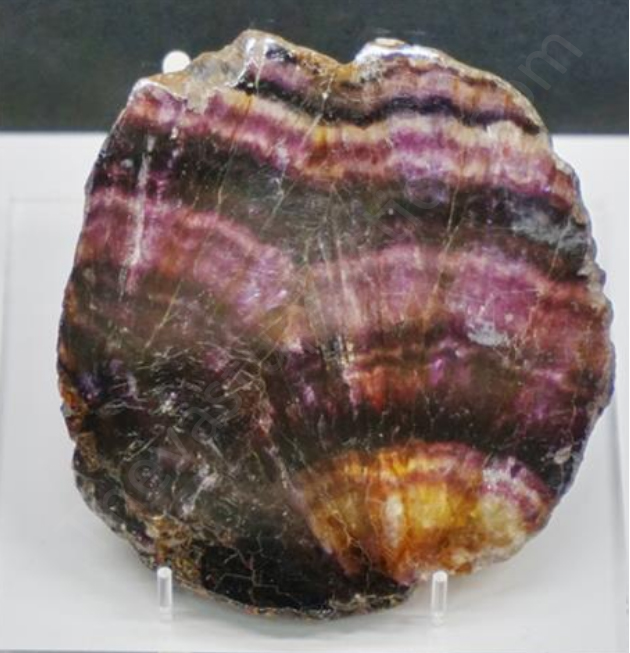Vastu and Mirrors
Note: Always consult a Vastu expert before using a mirror for Vastu correction.
- Mirrors stimulate pranic energy and are widely used as remedies for Vastu correction because they give depth and extend any given direction. When placed correctly mirrors have the power to increase health, wealth and happiness.
- The main door of the house should not be reflected in a mirror.
- Mirrors should only be hung on the East and North walls in the house.
- Mirrors should not be placed opposite one another.
- Always hang a mirror flat against the wall and not leaning forward.
- Only square or rectangular mirrors should be used. Avoid oval, roundor irregular shaped mirrors.
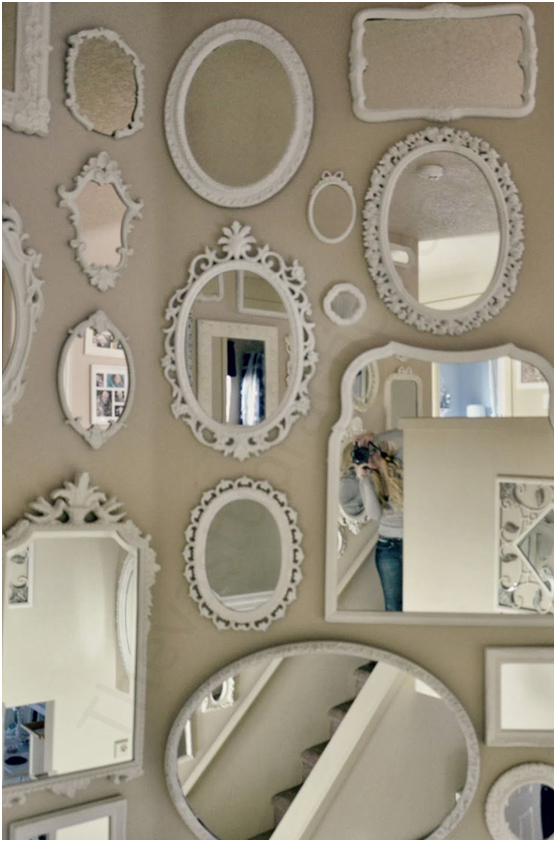

- Avoid mirrors in the bedroom. If this is not possible then keep the mirror covered with a cloth when not in use. The mirror should definitely not reflect the bed.
- Avoid a mirror in children’s study room.
The Importance of the Vedas
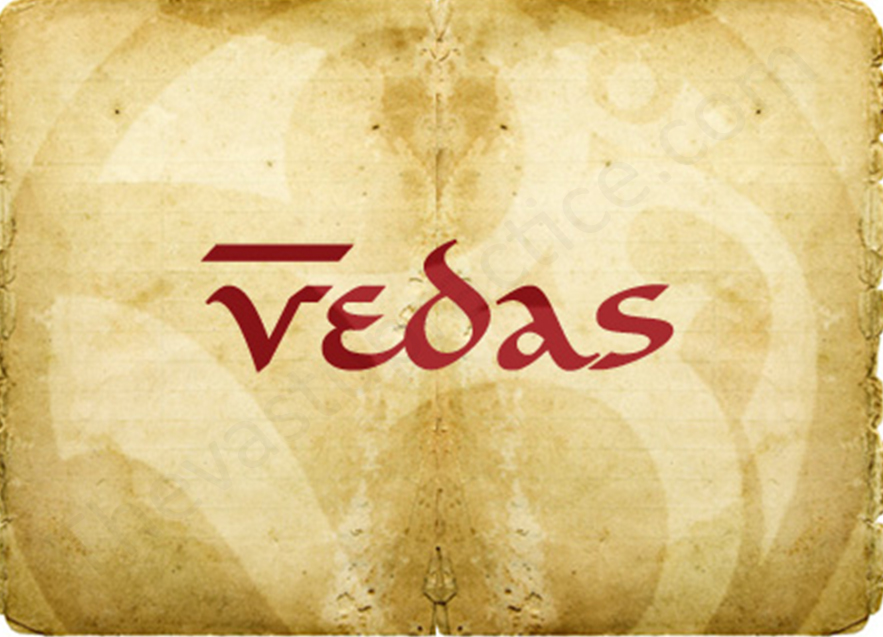
Scholars around the world have not been able to agree upon assigning a definite date to the Vedas. All other religions have definite historical dates. The Buddha was born 2500 years ago and in his time it was not known when the Vedas came into existence.
His Holiness MahaswamiChandrashekharendraSaraswati of Kanchipuram had said:
The truth is that the Vedas are ‘un-aadi’ and ‘nitya’ Without beginning and without end and eternal, like sound.
According to the Hindu scriptures, there have been several periods of ‘srishti’ (creation) and ‘pralaya’(deluge). The period of each srishti and each pralaya spreads over aeons, infinitely beyond human civilization. The findings of Geology which traces the history of the earth to a period long before the time referred to in The Book of Genesis, confirm the view of cycles of creation and deluge.
The Vedas are the root of Hinduism. Everything else like feasts and festivals are like the fruits and leaves of that tree.
The language of the Vedas remains today the same in form and feature as it was in times beyond our memory. They are not like the common spoken languages that have undergone periodical changes by usage over centuries.
The reason for this is that Vedic chanting has been carefully guarded and not been allowed to lapse from its pristine form. There are definite prescriptions and rules relating to the sound measures, the sequences, manner of utterance etc which have been preserved by oral transmission from generation to generation.
It is very sad that the Vedas were brought to the notice of a vast majority of people in India, the land of the Vedas, through the published works of Western scholars. While we graciously acknowledge these invaluable contributions, we must not forget the primary purpose of the Vedas : to memories and recite correctly with proper enunciation.
The Veda mantras so learnt should become the guide for the daily life of a Hindu because it is believed that it is by practicing the Vedic injunctions, we can obtain the grace of God both for individual welfare and that of the world.
‘Om SarveBhavantuSukhinah’ : a mantra from the Upanishad.
There are four Vedas:
- Rig
- Yajur
- Sama
- Atharva
Each Veda has been classified into four major text types:
- Samhitas: mantras and benedictions
- Aranyakas: ritual, ceremonies, sacrifices and to prepare for a secluded life
- Brahmanas: commentaries on rituals, ceremonies and sacrifices
- Upanishads: texts discussing meditation, philosophy and spiritual knowledge.
There are are six Vedangas: They are the explanatory arms of the Vedas.
- Siksha: phonetics, phonology, pronunciation
- Vyakarana: grammer and linguistic analysis
- Chhandas: the patterns of rhythm and sound in the poetic meters
- Nirukta: explanation of meaning of words and linguistic analysis
- Kalpa: instructions on rituals for life events like birth, wedding, death and also duties of an individual in different stages of life.
- Jyotisha: auspicious time for rituals. How the stars and heavenly bodies affect human life.
There are four Upaangas:
- Mimamsa: philosophy of rituals and spiritual philosophy
- Nyaya: the law of nature and logic
- Puranas: they speak of the creation of the universe, theology, and human history
- Dharma sastras: guidelines for life and living.
These fourteen together are called Dharmasthanas. They sharpen the intellect and purify the soul.
There are four Upavedas:
- Dhanurveda: The Science of Warfare
- Ayurveda: The science of Medicine for the body
- Gandharvaveda: The study of all Art forms like music, sculpture, dance
- Sthapatyaveda: Architecture and Vastu
These four are Vidyasthanas because they deal with nursing the human body and intellect.
Thus with these eighteen: 14 Dharmasthanas and 4 Vidyasthanas, the entire gamut of modern science and arts are covered.
The Vedas are called Sruti which is apaurusheya (eternal and authorless). They are the highest authority.
The Smritis derive authority from the Sruti.
Kalidasa has referred to this in his magnum opus: Raghuvamsa
The Vedangas, Upavedas and Upangas are classified under Smriti.
The Dharmashastras are a part of the Smritis, composed in poetic verses, constituting several commentaries and treatises on duties and responsibilities and ethics.
The Dharmashastras are based on ancient Dharmasutra texts which them selves emerged from the literary tradition of the Vedas. The most important of these texts are the sutras of Apasthamba, Gautama, Baudhyayana and Vashistha.
The Dharmasutras can be called the guidebooks of Dharma as they contain guidelines for individual and social behavior, ethical norms, duties and rights of people at different stages of life, duties of kings, judicial matters and personal law relating to marriage and inheritance.
Most importantly, although our Shastras have provided guidelines on all matters, they have not assumed the compelling force of Law. It has been left to the individual to exercise his free will, following the example of his elders and voluntarily following suit.
Vastu And Aquariums

Hindu mythology tells us that Lord Vishnu’s first incarnation was that of a fish: Matsya Avatar. Mahavishnu took on this avatar at the end of the Satyuga when there was a great flood. Mahavishnu, in his Matsya Avatar, saved humanity and the Vedas from being destroyed in the flood. There are temples dedicated to Matsya Avatar one each in Tamilnadu, Andhra Pradesh and Gujarat. Matsya avatar marks the beginning of the Dashavatars of Lord Vishnu. The annual festival of Matsya Jayanti falls on Chaitra Shukla Paksha Tritya ( March-April).
Our shastras mention that evil forces do not enter a house when there is an Agni burning or any creature like a fish watching.
It is believed that fish absorb negative energy and their movement in the water contributes to positive energy.
Aquariums have a very good effect if placed in the living room in the North, East or North-East corner. The living room is the place where people visiting may bring in negative energy. This is why it is recommended to place an aquarium in this area.
The living room itself should be in the North-West zone of the house.
It is not advised to have an aquarium in the bedroom or the kitchen because it may lead to food and sleep related health issues.
Importance of Tortoise In Hinduism and in Vastu Shastra
The BhagvatGita in chapter 2 verse 58, says that one who is able to withdraw the senses from their objects just as a tortoise withdraws its limbs into its shell, is established in divine wisdom.
The tortoise is next to the cow among non-human living beings in possessing the ability to attract larger amount of Sattvik waves from the atmosphere.
The tortoise is the second Avatar or incarnation of Lord Vishnu : the Kurma Avatar.
The story goes that Mahavishnu appeared in the Satyuga as a tortoise to save the earth from destruction, by carryingthe mount Mandara on his back.
Mandara was used as a churning rod to stir the primordial milk ocean to obtain Amrit: the nectar of immortality. This process is known as the AmritManthan.
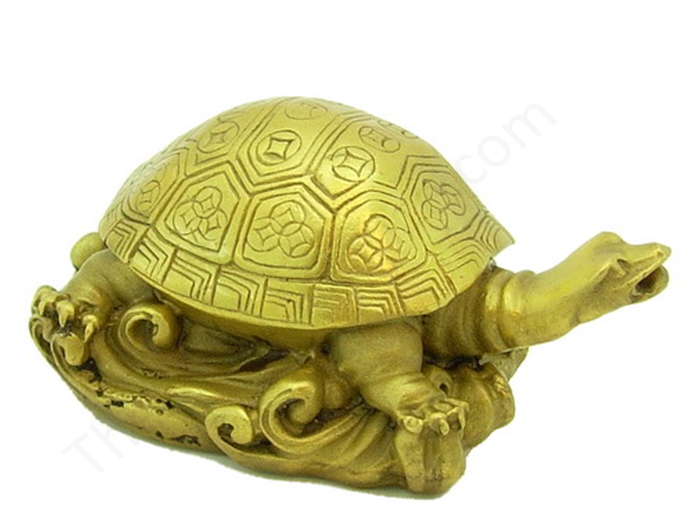
The devas continued with their churning and eventually, fourteen precious articles appeared on the surface including among others, the Parijatatree which granted boons, the elephant Airavat, the Moon, which Lord Shiva took to adorn his head, Kamadhenu the cow that fulfills all wishes and most importantly Goddess Lakshmi.
The last precious article to emerge from the ocean was Dhanvantri the lord of physicians who carried a bowl of Amrit: the nectar of immortality. Thus the power of immortality remained in the hands of the gods due in no small part to the Kurma.
Al though Kurma is not widely worshipped, in Hindu cosmology he is still acknowledged as an important figure. It was only because of Vishnu’s incarnation as Kurma that the cosmos was blessed with a wonderful bounty that includes several important mythological figures. Most importantly, Lord Vishnu was united with Lakshmi who is the most widely worshipped goddess in the Hindu pantheon.
The only temple in India where Lord Vishnu is seen in Kurmaavatar is the Sri Kurmanadha temple in Srikakulam , Andhra Pradesh.
The tortoise represents stability and longevity and is likened to a sage because it can withdraw into its shell and meditate.
Vastu believes that tortoise attracts harmony, money peace and long life in a home. The figure of a tortoise should always face East and should be kept in sufficient water to soak the feet. Tortoise figures can be made of wood, crystal, or earthen material like mud or resin.
Fluorite: The mineral fluorite pictures and information
Fluorite is one of the most fascinating gemstones dating back to at least 1500.
Fluorite can be found in any of the colours on the colour spectrum. Consequently it has been dubbed the most colourfulgemstone in the world.
The most common colours are purple, green, blue and less common are pink, red, white, brown and black. They can also be multicoloured.
Many samples of Fluorite exhibit fluorescence, a property that takes its name from fluorite.
Fluorite is a multidimensional gemstone believed to have the qualities of grounding and harmonizing all spiritual energies in our microcosm thus creating coordination between the physical and metaphysical worlds.
Studies have shown that it stimulates intellectual development, absorbs negative energies from our environment, cleanses the aura and the chakras and also protects us from psychic manipulations.
It is very effective when placed near electronic equipment in dispersing the electromagnetic waves.
Fluorite should be cleaned often in running water due to its remarkable ability to absorb negative energies and then exposed to sunlight for crystal charging and energy accumulation.
Ref: The Magical World of Crystals by Olga Rezo
Mozaico: Living Mosaics
Pictures From: www.minerals.net
Purple Fluorite Twins:
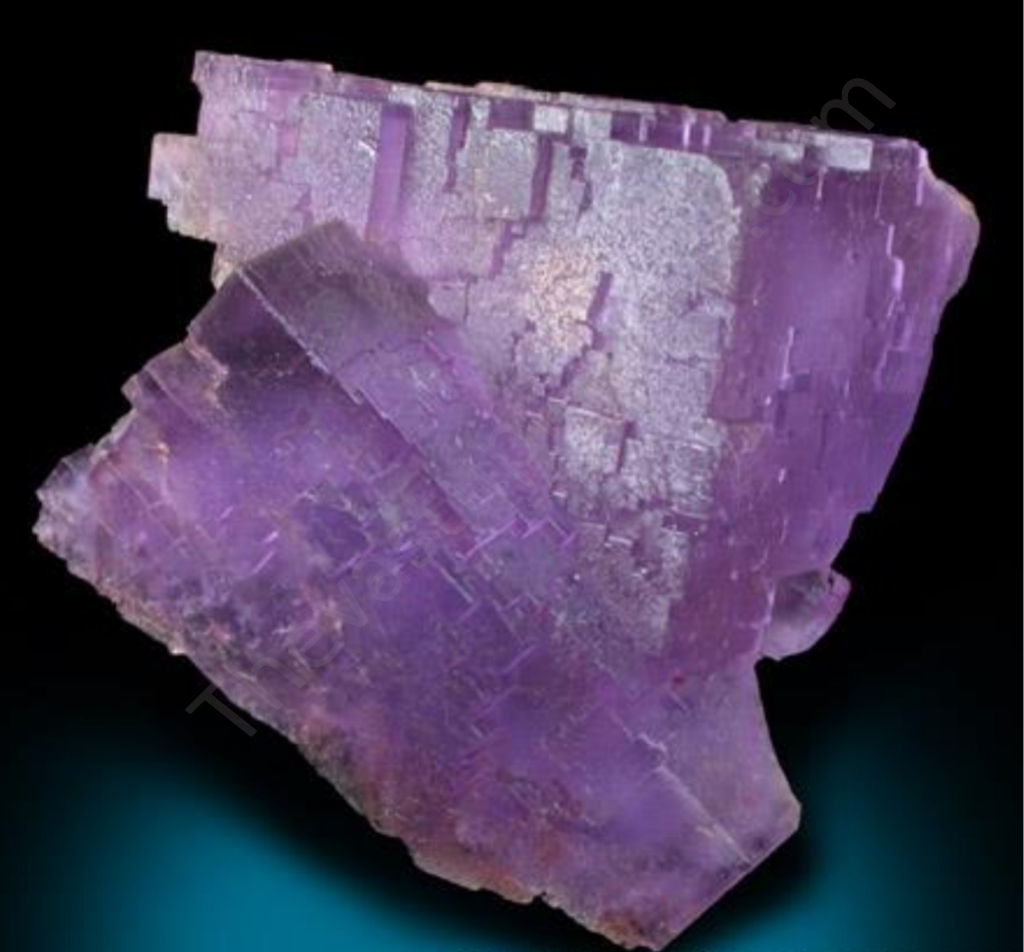
Bright Green Rogerly Fluorite:
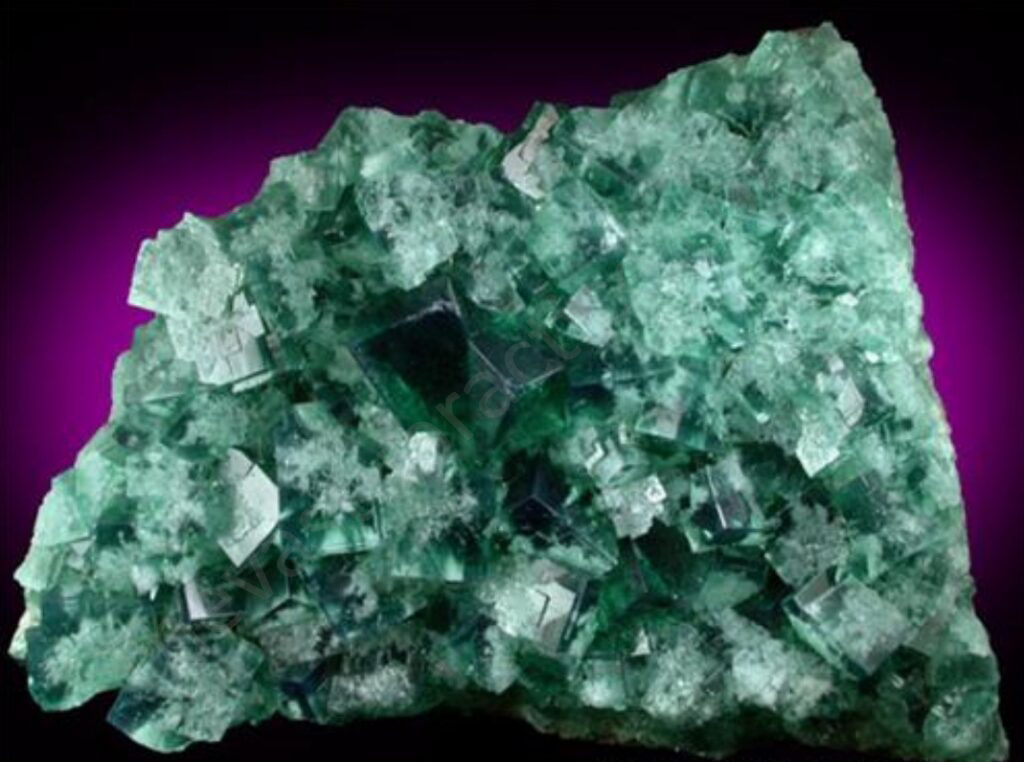
Green Fluorite:
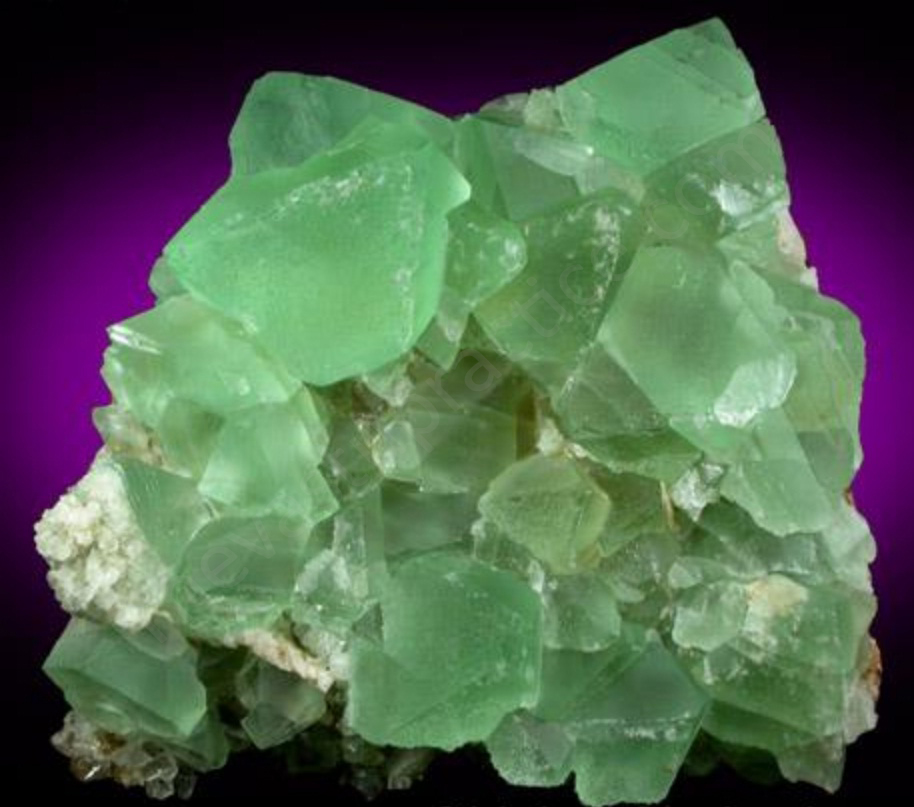
Green Fluorite Octahedrons:
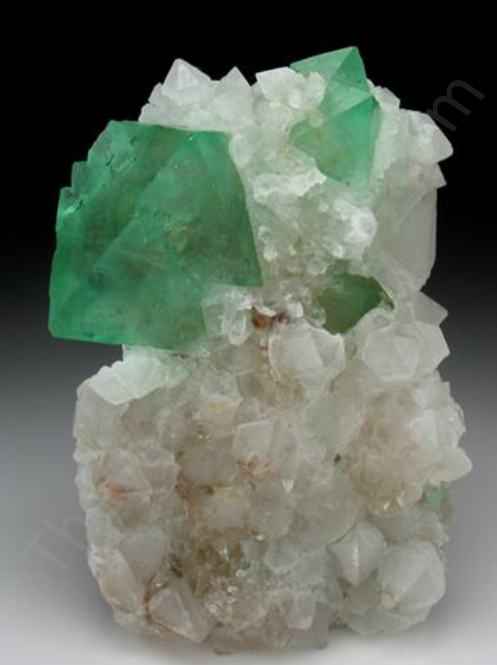
Bright Blue Fluorite Cubes:
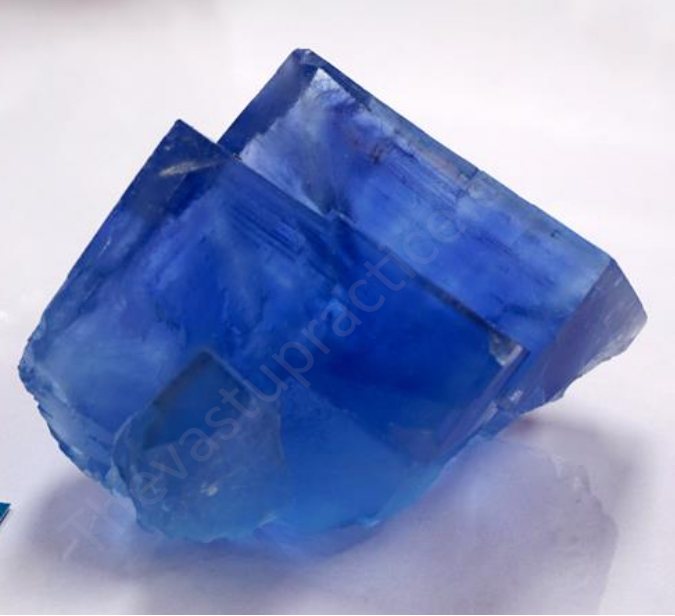
Blue Fluorite Cubes:
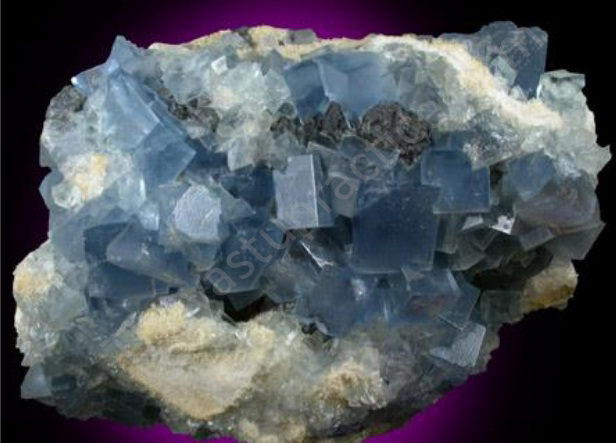
Fluorite Var. Blue John:
